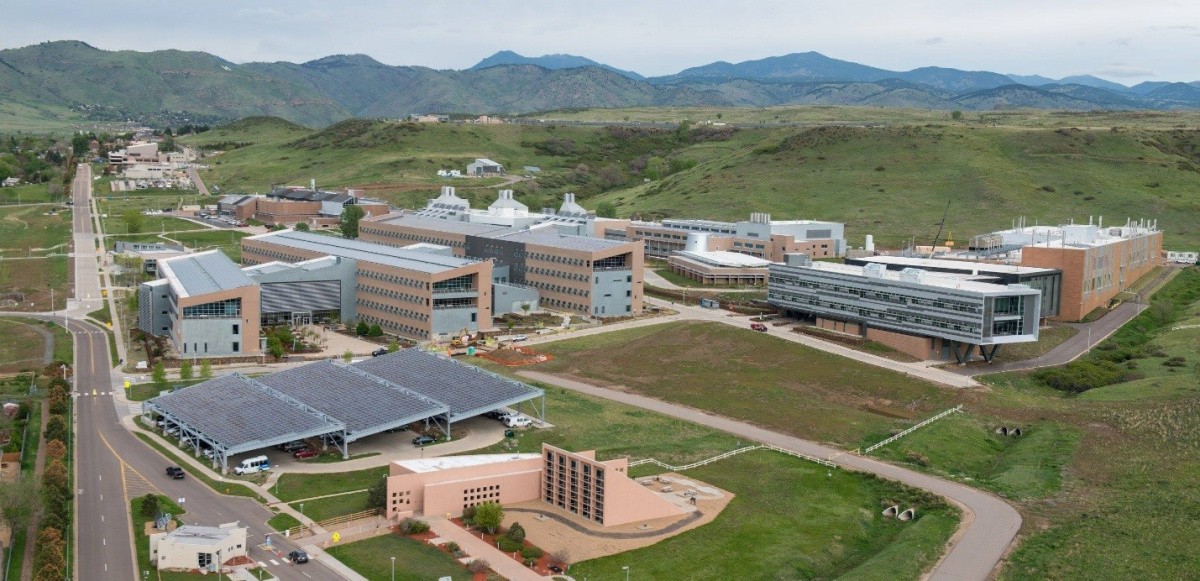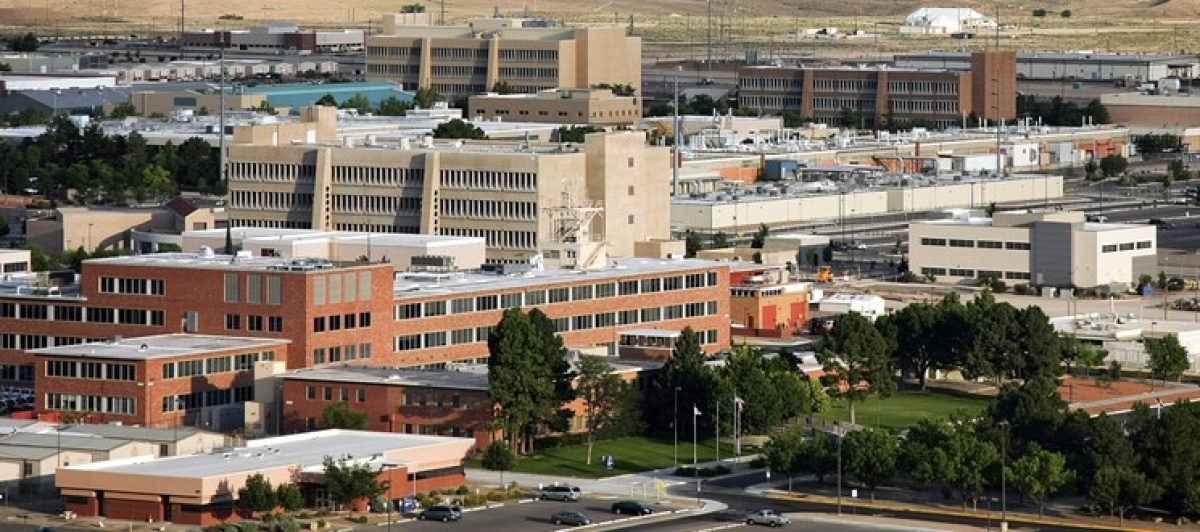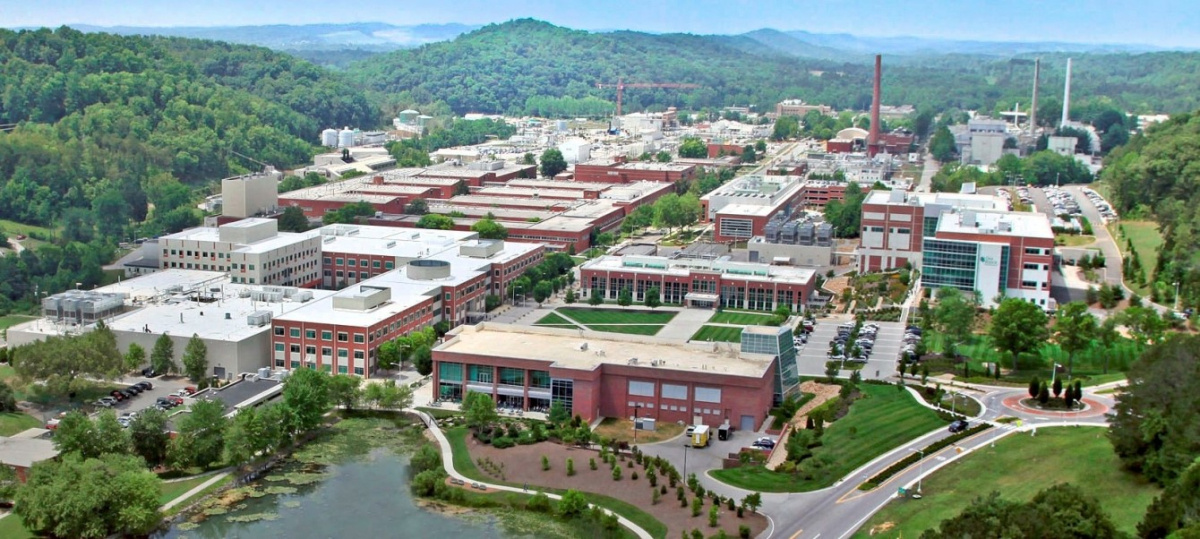The Department of Energy’s national laboratories have been tackling some of our country’s biggest scientific challenges for more than 75 years, serving as innovation leaders since before World War II. However, it wasn’t until 1977 that the Solar Energy Research Institute, now known as the National Renewable Energy Laboratory (NREL), opened its doors to push the boundaries of the earliest solar photovoltaic (PV) technology. Since then, NREL has made incredible strides, helping to make solar energy cost effective and advancing U.S. energy independence and leadership in clean energy technologies.
Over the past 50 years, NREL and the 12 other national labs have played a major role in the advancement of solar energy technology. That’s why SunShot created the SunShot National Laboratory Multiyear Partnership (SuNLaMP) funding program, which awards funding to national labs to continue addressing the most critical barriers that remain to achieving our SunShot goals. SuNLaMP projects are spread across all five of SunShot’s research and development subprograms – photovoltaics, concentrating solar power, systems integration, technology to market, and soft costs – ensuring that they have an overarching impact on the future of solar energy technologies.
Nearly half of SuNLaMP projects are part of the photovoltaics subprogram, addressing a broad range of PV technology challenges. Take, for example, a project that is standardizing methods to analyze degradation rates of PV modules. Currently, PV degradation rates are not comprehensively assessed to account for climate, mounting configuration, or technology details. Creating new standards will enable more accurate PV performance prediction throughout the module lifetime, lowering the perceived financial risk of new PV projects. In a different project, researchers are advancing cadmium telluride solar cells toward a 24% efficiency milestone by improving defect chemistry and structural properties. This would be a major achievement for cadmium telluride technology, enabling the cost of PV electricity from this material to continue to decline.
Solar manufacturing also gets a boost from a SuNLaMP project that is ensuring new technologies can be brought to market successfully. Researchers at NREL are using bottom-up techno-economic cost modeling to estimate costs associated with manufacturing methods and materials, as well as system installation costs. This work will produce new analyses identifying potentially high-impact areas of interest for research across the entire value chain.
Labs are also working to advance concentrating solar power (CSP) technology. One project at Oak Ridge National Laboratory is working to keep mirrors clean of dust so that they can better reflect the sun’s rays. Researchers are developing self-cleaning, spray-on reflector coatings for heliostats, which will have 50% less dust accumulation than uncoated mirrors. This project will not only reduce costs associated with frequent mirror washing, but save thousands of gallons of water.
Regardless of how solar power is generated, integrating mass quantities of it onto the grid can be a challenge. A systems integration SuNLaMP project at Sandia National Laboratories is updating the current technical metrics for grid communications with a new distributed control and communications architecture. This will help grid operators manage the impacts of integrating solar technologies into the grid. Identifying these frameworks will speed the adoption of technologies that are required to reach higher levels of solar on the grid. The result will be significant cost savings for the PV, utility, and grid operator communities.
In addition to these big technical questions, the labs also assist in accelerating consumer adoption of solar. Lawrence Berkeley National Laboratory is helping the residential solar market grow by providing information to real estate professionals and potential PV adopters to encourage accurate valuations of solar homes. The lab is expanding current knowledge of how solar panels impact property values to include third-party owned residential systems, as well as commercial systems, and making it easier to include that information in multiple listing services (MLSs). This project has the potential to stimulate demand for solar and reduce the risk and financing costs.
Our labs are continuously working to help lower the cost of solar electricity and to help the solar industry grow. Learn more about the groundbreaking work being completed under the SuNLaMP funding program.





